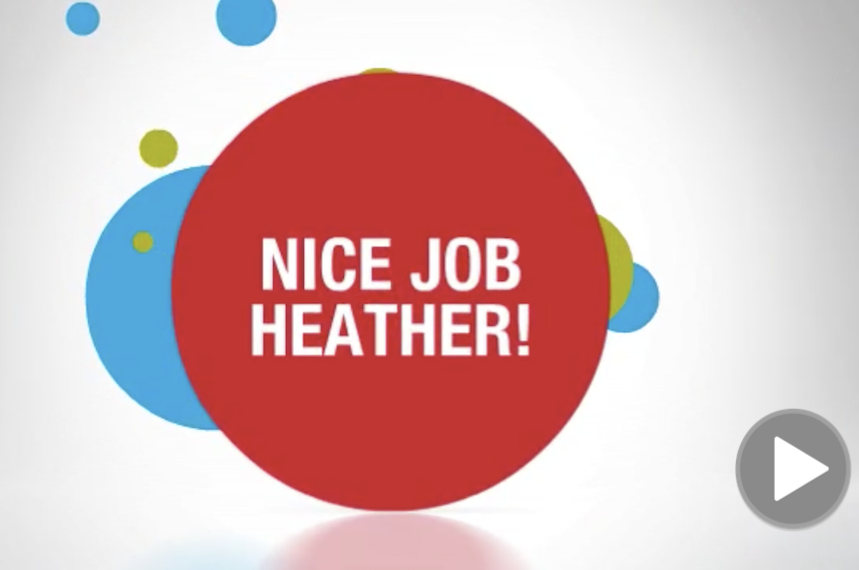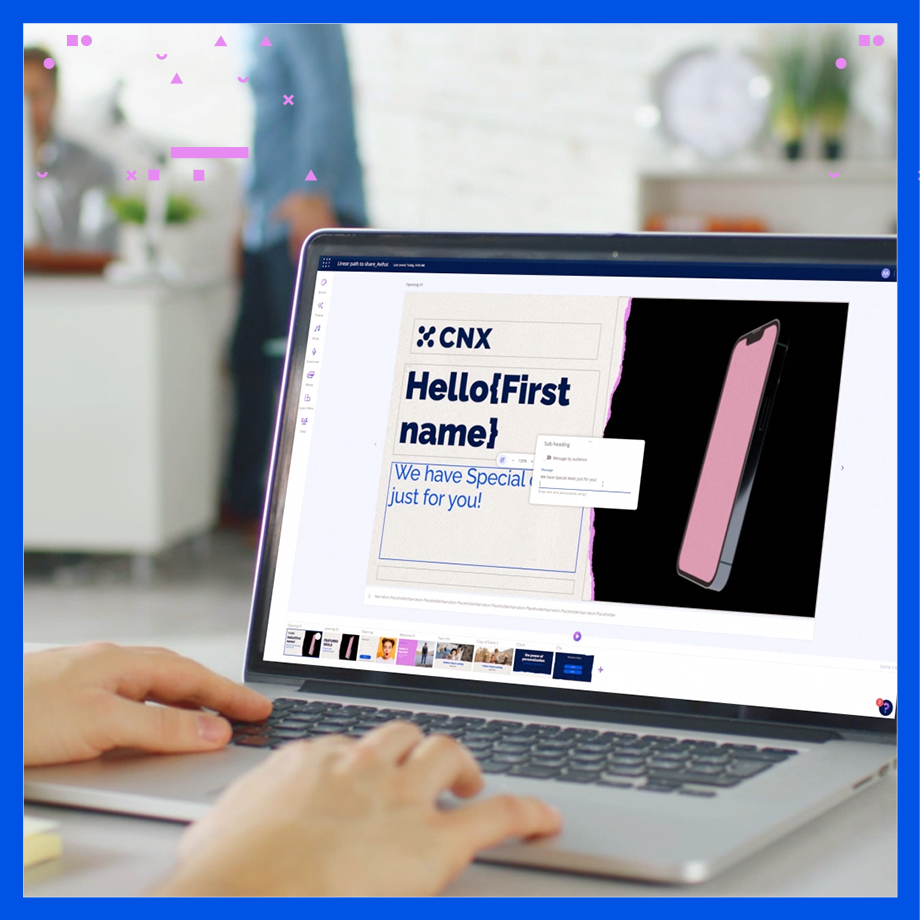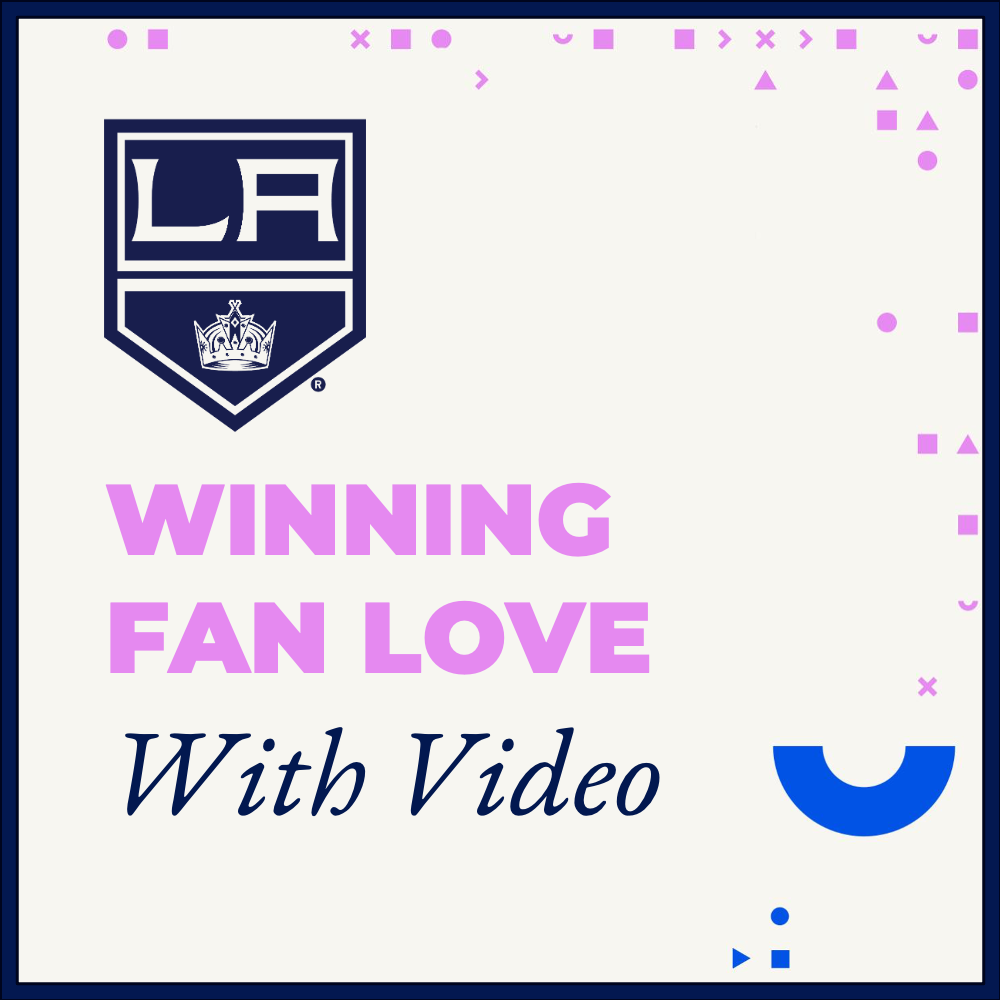When marketers first find themselves diving into the world of video-powered experiences with us they often come up with a myriad of questions. How is a video-powered experience different than a traditional video? How are the videos individualized to each viewer? How do they complement my overall customer experience? What is a scene library? What is real-time rendering? Is interactive video the same thing as a video-powered experience?
We always try to answer each and every question as thoroughly and simply as possible, but sometimes the concepts within the answers are so foreign that the answers themselves don’t fully stick. So, we decided to put together a list of some of the most important terms that you should know in order to be set up for success when you embark on your video-powered experience journey.
Start with the technology.
Every marketer knows that creating videos individualized to each viewer at scale can’t be done without some form of automation technology. So, let’s first start with a few key ingredients.
- Scene Library – A composite of scenes that can be arranged and rearranged to address specific topics according to the needs calculated by the end viewer’s data. Scene libraries are a key component in making video-powered experiences dynamic and scalable; without them scenes aren’t modular and videos are stuck with their traditional linear format.
- Real-time Video Rendering – The process by which a computer processes data and information to produce and display a video in the very moment the play button is pressed. With real-time rendering, video-powered experiences are as relevant and up-to-date as they can possibly be. This means that no last minute updates or changes are missed in the information reflected within the video.
Multiple modular parts come together to make the whole.
Once you start to understand the technology needed to properly produce and execute video-powered experiences at scale, it’s time to start breaking down the different moving parts of an actual individualized video.
- Data – Of course, every video-powered experience starts with the data, but what exactly does data mean? The answer is that it varies depending on your data structure, scene planning, and goals. A good overarching definition is information collected on consumers tied to their behaviors. Data can be structured or unstructured, and it can come from you, a second, or a third party. The amount of data you have and the level of organization it’s in greatly affects the level of individualization within a video.
- Scenes – The next step is planning out your scenes. Scenes are individual portions of a video that are tied to a specific topic or goal. These portions are often comprised of multiple data points, and are built to accomplish a very specific objective that is one step toward reaching the overall goal.
- Stories – The final piece is putting together the stories. Stories are overarching messages conveyed to the audience, made up of relevant scenes which correlate back to goal(s). Video-powered experiences can be made of a single or multiple stories, and stories can be portrayed as many times as needed across a customer’s journey.
Video-powered experiences come in many shapes and sizes.
The final piece of the puzzle is to distinguish the different types of video-powered experiences and to figure out which one is best for you. Go beyond traditional video (generic content that’s not individualized to each customer) and leverage one or more of the below types that best accommodates your data and audience accessibility:
- Contextual Video – Static content scenes that can include time and location. This type of video is good for product promotions and feature education to reach a distinguished audience group and there’s minimal access to both audience data and reach.
- Interactive Video – Interactive video is viewer-informed content. Because this type of video puts the individualization in the hands of the viewer (by allowing them to pick and choose the information they need in that moment), it’s a great alternative when limited individualized data is readily available, but you want to reach a mass audience.
- Individualized Video – Viewer specific content at a moment in time. It’t recommended for use cases like onboarding, billing, claims, loyalty and up-selling. Best when reach is limited to your e-mail list and account base, the data-rich experience makes a message more personal to each viewer and encourages next-best actions individually.
- Dynamic Video – Reactive video that is able to change or shift according to the viewer’s data in real-time. This data-rich video strategy that also has the ability to reach a mass audience (through programmatic, social and website tactics) is the general term for what a one-to-one video is and a great strategy for retargeting, prospecting, and product recommendations.







